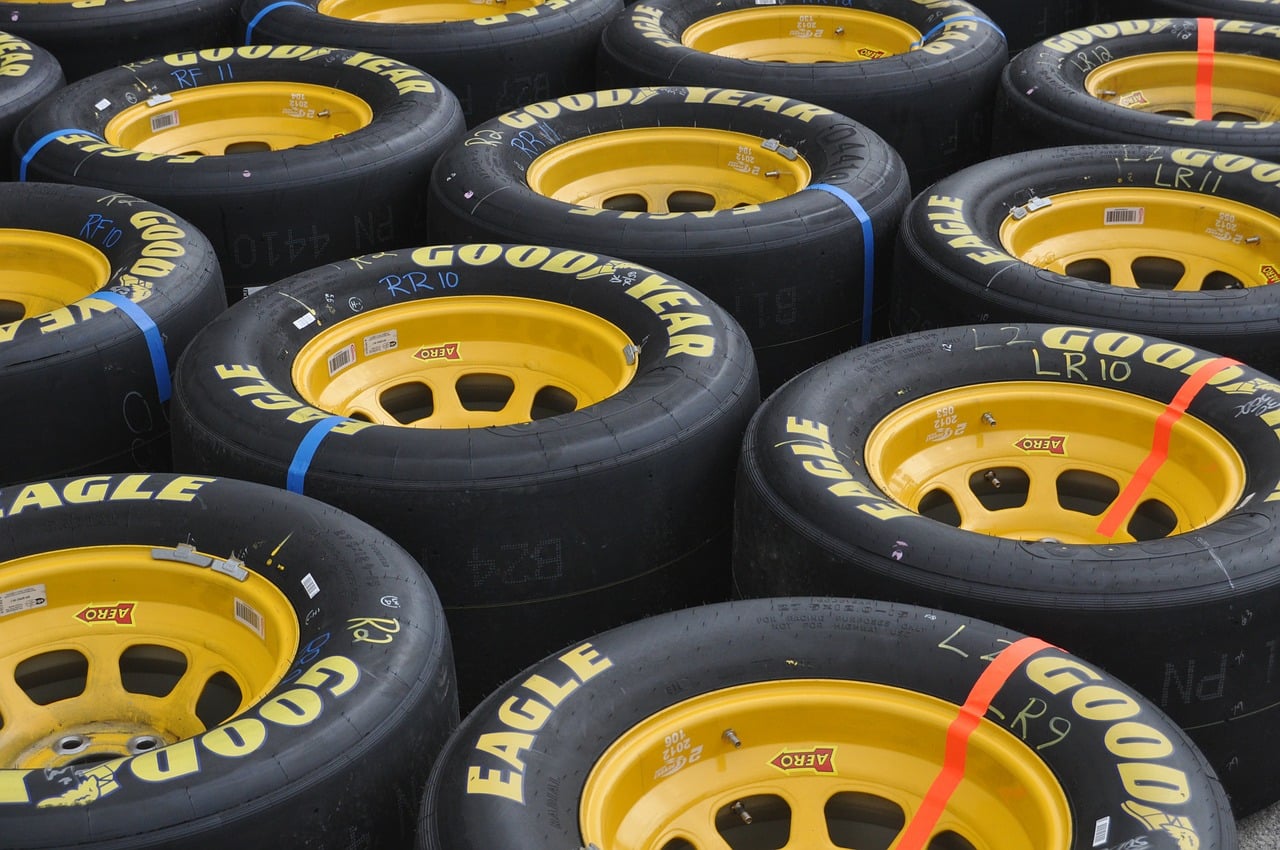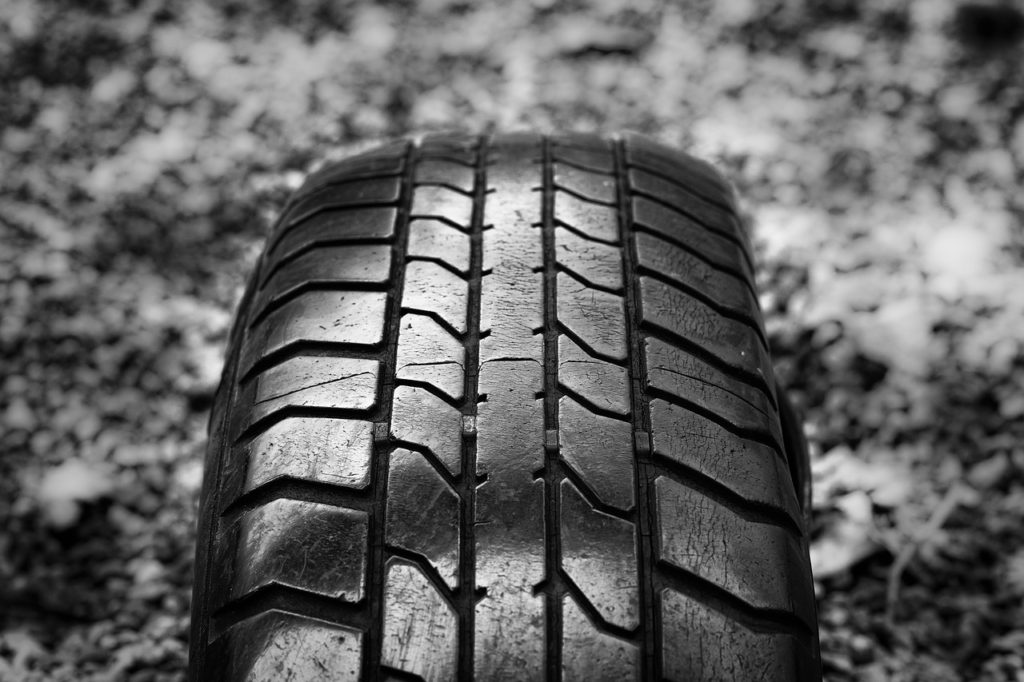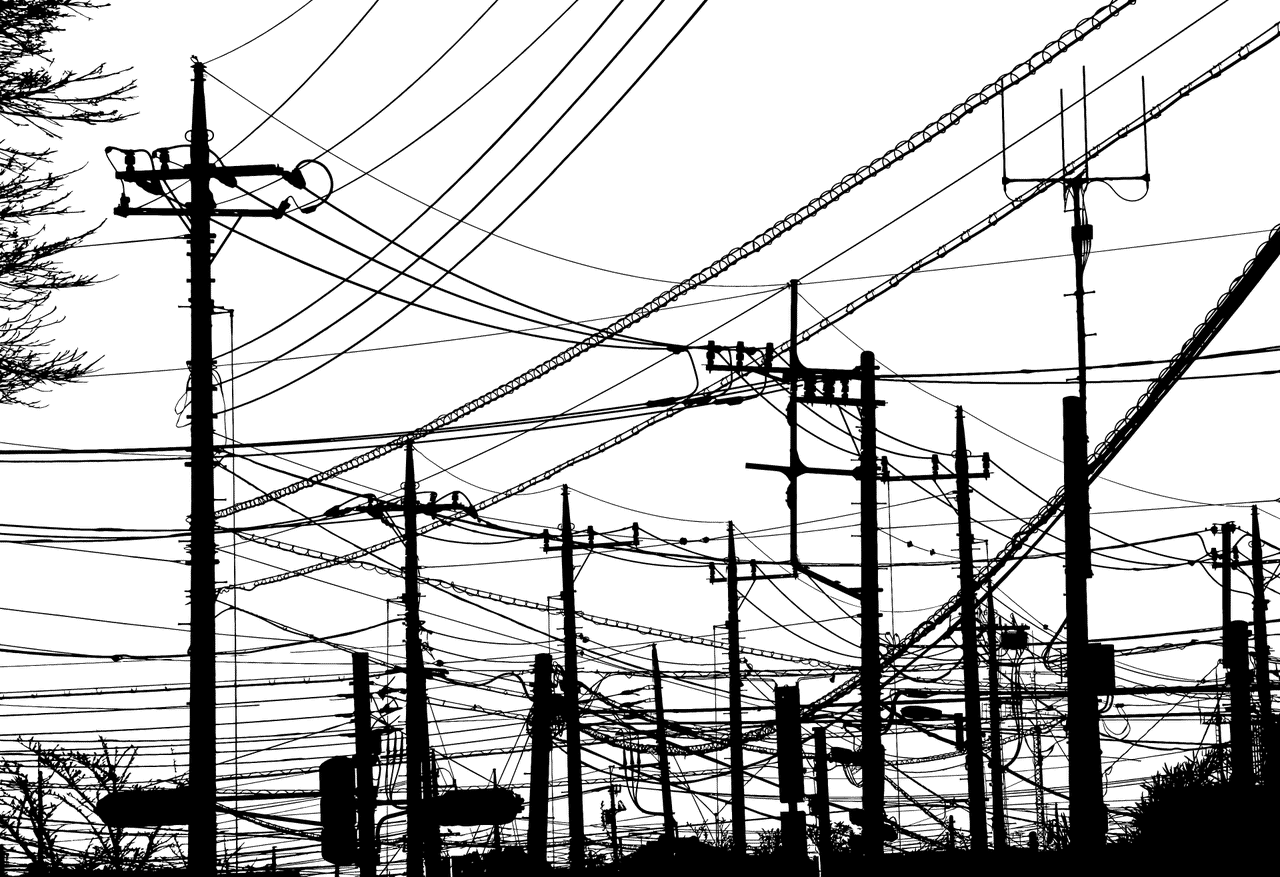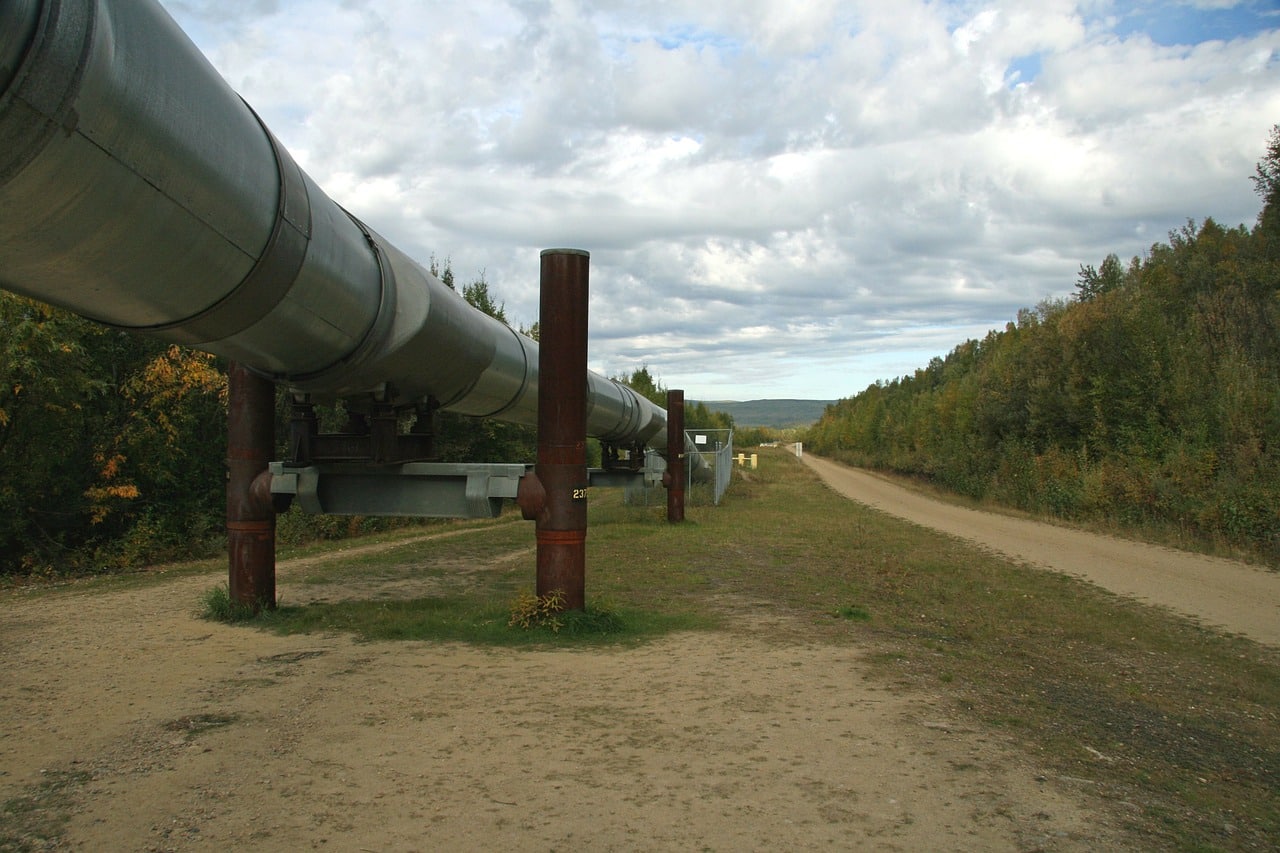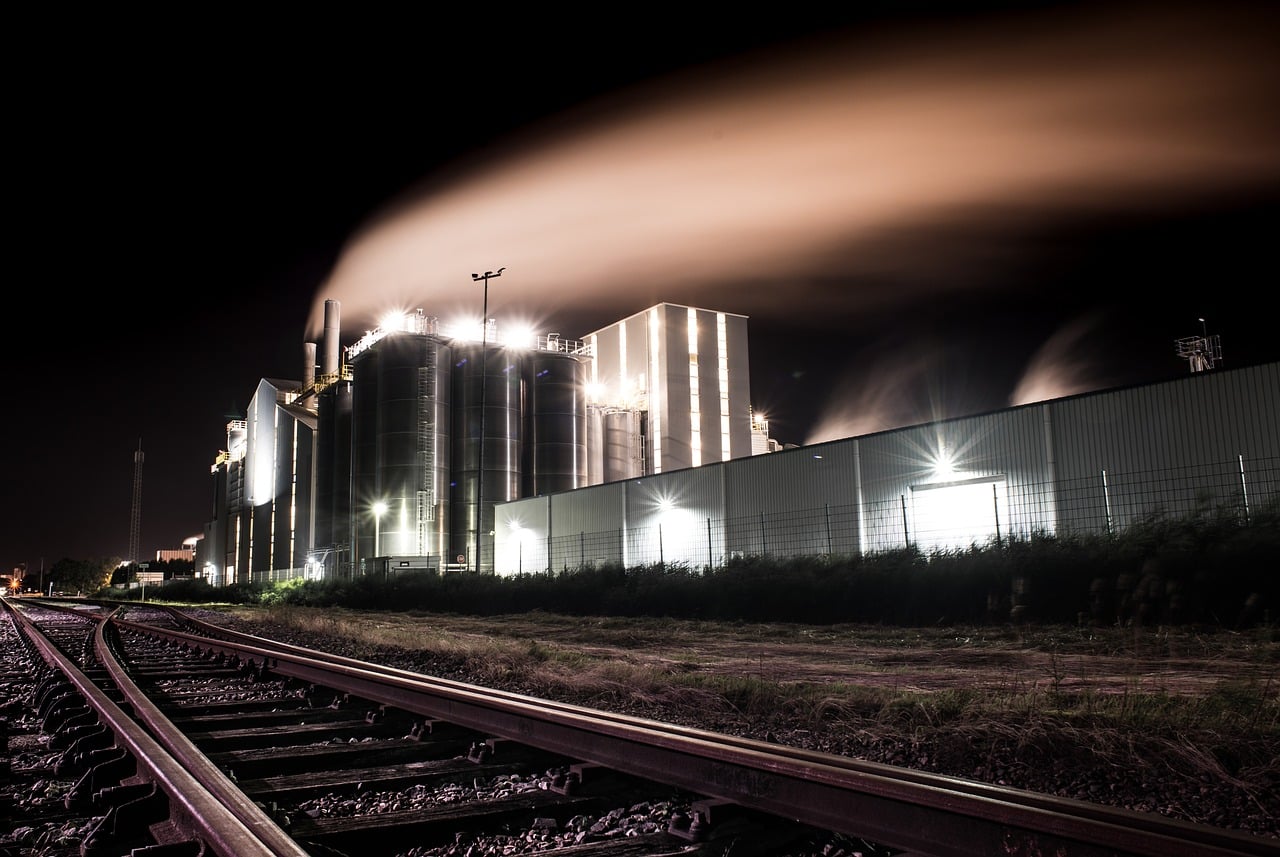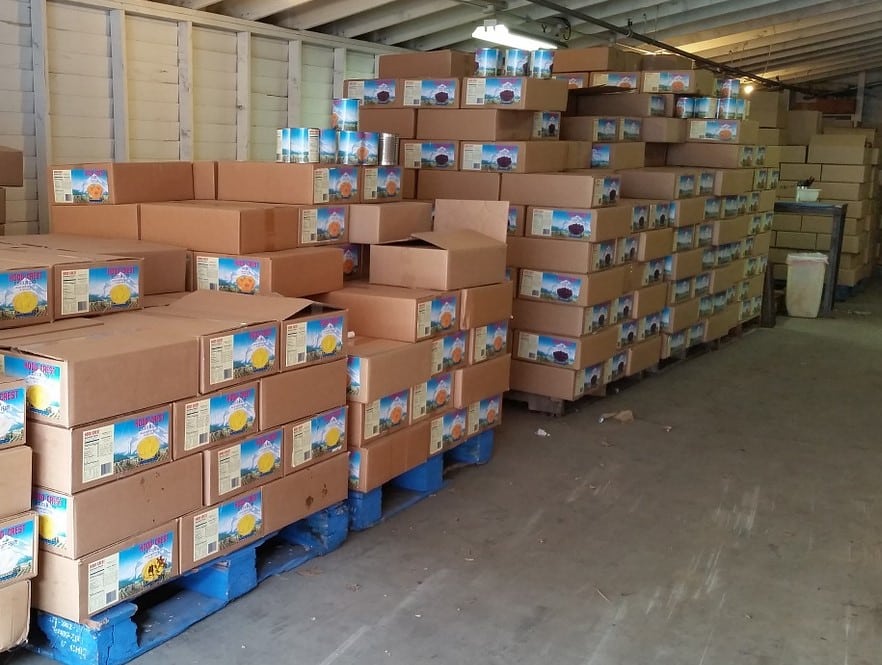NY Workers Comp Rate for Code 6824 Boat Building
Description: Code 6824 applies to workers building wood, metal, fiberglass or plastic boats not exceeding 150 feet in length. This can include commercial craft as long as they meet the length limitation. This Code applies to personal watercraft. Personal watercraft are small motorized boats usually designed for occupancy by one or two passengers. The type of work includes shop and yard work and driving.
Materials Used: Wood, metal, plastic or fiberglass fabrication tools; any equipment to move parts or finished product.
Pricing: Solid companies with a good loss history can obtain better than average pricing on NYS Workers compensation rates.
BOAT REPAIR AND DRY DOCKS
Category: Boats & Yachts
SIC CODE: 3731 Ship Building and Repairing
3732 Boat Building and Repairing
NAICS CODE: 336611 Ship Building and Repairing
48839 Other Support Activities for Water Transportation
81149 Other Personal and Household Goods Repair and Maintenance
Suggested ISO General Liability Code: 91235, 98949, 10105, 10107
Suggested Workers Compensation Code: 6872F, 6874F, 6882, 6824F, 6834
Description of operations for NY Workers Comp Rate for Code 6824
Boat repair and dry dock operators provide service to both private and commercial boat or yacht owners. Some offer storage facilities, either wet (in the water) or dry (out of the water). Vessels stored in dry dock may be kept indoors or outdoors in a yard. Other services may include a marina, retail sales of accessories or supplies, painting, cleaning, refitting, or winterizing. There may be a launching slip for customers’ use. The operator may travel off-premises to pick up or return larger vessels for storage or repair. Seasonal fluctuation of jobs and labor is common, and some work may be subcontracted.
Property exposure comes from the flammable paints, lubricants, oils, degreasers, and solvents used in service and repair operations and the combustibility of watercraft. Flammables must be properly labeled, stored and separated. Spray painting should be conducted in spray booths with good ventilation, UL-approved wiring and fixtures and adequate controls. Welding is often a part of the repair and body work operation that needs to be evaluated for proper handling of the tanks and gases and adequate separation from other operations with either a separate room or flash/welding curtains. Good housekeeping is critical. Oily rags must be kept in covered metal containers. Work areas must be cleaned regularly and trash removed from the building. Lubricants and fuels should be drained from any watercraft stored during the off-season to reduce the potential for a fire. Boat repair facilities are often at a distance from fire stations, and access may be difficult due to natural obstructions or poor road quality. Although located near water, lack of equipment, procedures or training may result in a severe fire loss. Wind, wind-driven water and hurricane damage pose catastrophe potential, especially if the operation is close to the water. Theft is a concern as watercraft can be target items. Appropriate security controls must be taken including physical barriers such as chains, fences, or gates, lighting to deter access to the premises after hours, and an alarm system that reports directly to a central station or the police department.
Crime exposures come from employee dishonesty, theft of money and securities, burglary and robbery. Employee dishonesty is controlled through background checks, inventory monitoring, control of the cash register, and division of duties. Physical audits should be conducted at least annually. Storage and handling of keys presents an often overlooked exposure to theft.
Inland marine exposures come from accounts receivable if the operation offers credit; bailees customers for watercraft in for service, repair or storage; computers used to monitor inventory; goods in transit if the operation delivers watercraft to customers; and valuable papers and records for manufacturers’ and customers’ records. Contractors’ equipment may include marine railways, hoists and other marine equipment used to move boats in and out of the water, equipment used for lifting and transporting vessels and to maintain the premises. Particular concern should be shown for any item that is used near or in the water. Watercraft stored in the open are particularly susceptible to damage by vandalism and theft. Lots should be well lighted with chains, fences or gates to prevent access and transport. An alarm system that reports directly to a central station or the police department should be used. Security guards may be appropriate in some areas. The operator may own one or more boats. There may also be a rental boat exposure.
Ocean marine exposure includes the dock and any owned vessels. Piers and docks may be susceptible to weather perils as well as damage from vessels. Hoisting exposures seaside may be similar to those under inland marine, but the loss potential is often significantly increased due to the higher value of ocean-going watercraft and the unpredictability of the ocean. The insured may own one or more boats or other watercraft that are for personal use and/or rental. Ocean marine includes the liability exposures (as protection and indemnity coverage) so any rental operation can add a significant exposure.
Premises liability exposure is high due to waterfront facilities and the public access to the premises. Tripping and slip and fall hazards are common. Waiting areas should be provided for customers whose vessels are being repaired. Customers should not be permitted access to the service area. The moving, rearranging and hooking up of owned and non-owned watercraft pose a collision hazard to persons or to property of others. Parking lots and sidewalks need to be in good repair with snow and ice removed, and generally level and free of exposure to slips and falls. If the premises are open after dark, adequate lighting and appropriate security for the area must be present. Watercraft stored outside may pose an attractive nuisance to children and teens, especially during the off season. Chains and fences should be in place to prevent entrance to the premises after hours. Repair operations are the major products/completed operations exposures. There should be a check-off procedure in place prior to release of the watercraft to the customer to prevent its return with any vital functions not working properly.
General liability policies exclude most watercraft exposures. If boats can be taken onto the water for test drives by employees or customers following repairs, a watercraft or ocean marine protection and indemnity coverage will be needed.
Environmental impairment exposure can be significant due to the storage of gasoline and other flammable liquids in tanks and the disposal of used oils, solvents and other hazardous wastes from repair operations. All above-ground and underground tanks are subject to state or federal regulations and should be routinely tested for leakage. Adequate procedures should be in place and must be followed to prevent any leakage or contamination. Fuel pumps that are available to the public pose an exposure due to the possibility of spillage into waterways. Contracts should be in place to dispose of all environmentally dangerous chemicals.
Automobile exposure may be limited to hired and non owned for employees running errands to pick up parts for repair operations. All employee drivers should have appropriate licenses with their MVRs regularly checked. All vehicles must be regularly maintained with records retained. There should be written procedures for personal and permissive use of vehicles furnished to employees. If the dealership offers pickup and delivery of watercraft to its customers, the exposure increases. Transportation hazards include failure to secure the load properly, and equipment failure, especially tie-downs and hitches. Drivers must be trained to transport over-sized loads that can shift on the road. Random drug and alcohol testing should be conducted.
Workers compensation exposures are most significant in the repair operation and any transport. Back injuries, hernias, strains and sprains can result from lifting. Repair may involve painting, welding, or work with fiberglass hulls. Safety equipment should be provided. Casual and seasonal labor can impact the ability to control hazards. Turnover may be high. If large boats are repaired there may be work at heights. Refueling should be done only in well-ventilated areas to minimize inhaling of fumes. Information regarding chemicals should be available to employees along with early warning signs of problems. The transporting of boats from storage to the water may involve cranes, lifts, winches or other heavy equipment, including rails. There may be Long shore & Harbor workers Compensation Act exposure if work is done on or near the water.
Enforce is offering free quotes and policy reviews for businesses who utilize NY Workers Comp Rate for Code 6824. Call us today to learn more!

The post NY Workers Comp Rate for Code 6824 Boat Building appeared first on Enforce Coverage Group.
